Technological Advancements
Technological advancements in audio equipment are significantly influencing the Guitar Head Amplifier Market. Innovations such as digital modeling technology and integrated effects have transformed traditional amplifiers into versatile tools for musicians. These advancements allow for a wider range of sounds and effects, appealing to a diverse audience of guitarists. Market data indicates that amplifiers equipped with advanced features are gaining traction, as they offer musicians the ability to customize their sound more effectively. Additionally, the integration of Bluetooth and wireless capabilities into guitar head amplifiers enhances user convenience, making them more attractive to tech-savvy musicians. As these technologies continue to evolve, the Guitar Head Amplifier Market is expected to expand, catering to the needs of modern musicians who seek both functionality and quality in their equipment.
Rising Demand for Live Music
The resurgence of live music events appears to be a pivotal driver for the Guitar Head Amplifier Market. As more artists and bands tour, the need for high-quality sound equipment, including guitar head amplifiers, has increased. According to recent data, the live music sector has seen a substantial growth rate, with projections indicating a continued upward trajectory. This trend suggests that musicians are investing in superior sound equipment to enhance their performances, thereby driving demand for guitar head amplifiers. Furthermore, the growing popularity of music festivals and local gigs contributes to this demand, as performers seek reliable and powerful amplifiers to deliver an exceptional auditory experience. Consequently, the Guitar Head Amplifier Market is likely to benefit from this increasing focus on live music, as both amateur and professional musicians prioritize sound quality.
Growth of Home Recording Studios
The increasing trend of home recording studios is emerging as a significant driver for the Guitar Head Amplifier Market. With more musicians opting to record their music at home, the demand for high-quality sound equipment, including guitar head amplifiers, is on the rise. Data suggests that the home recording market has expanded considerably, with many artists investing in professional-grade equipment to achieve studio-quality sound. This shift towards home recording not only allows musicians to have greater control over their creative process but also necessitates the use of reliable amplifiers that can deliver superior sound quality. As a result, the Guitar Head Amplifier Market is likely to experience growth, as more individuals seek to enhance their home studio setups with top-tier amplifiers that meet their recording needs.
Emergence of Online Music Platforms
The emergence of online music platforms is reshaping the landscape of the Guitar Head Amplifier Market. As artists increasingly share their music through digital channels, the need for high-quality sound equipment has become paramount. Musicians are now more inclined to invest in guitar head amplifiers that can deliver exceptional sound quality for recording and streaming purposes. Data indicates that the online music industry has experienced significant growth, with many artists leveraging these platforms to reach wider audiences. This trend suggests that musicians are prioritizing sound quality to stand out in a competitive digital environment. As a result, the Guitar Head Amplifier Market is likely to see increased demand as artists seek reliable amplifiers that can enhance their recordings and performances in the online space.
Increased Popularity of Electric Guitars
The growing popularity of electric guitars is a notable driver for the Guitar Head Amplifier Market. As more musicians gravitate towards electric guitars, the demand for compatible amplifiers has surged. Market analysis indicates that electric guitar sales have seen a steady increase, which correlates with a heightened interest in guitar head amplifiers. This trend is particularly evident among younger musicians who are drawn to the versatility and sound quality of electric guitars. Consequently, as the electric guitar market continues to flourish, the Guitar Head Amplifier Market is poised to benefit from this synergy, as musicians seek amplifiers that can complement their instruments and enhance their overall sound experience.

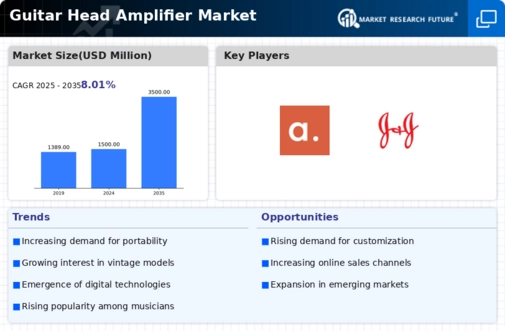
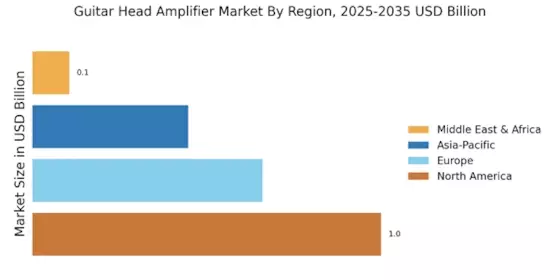
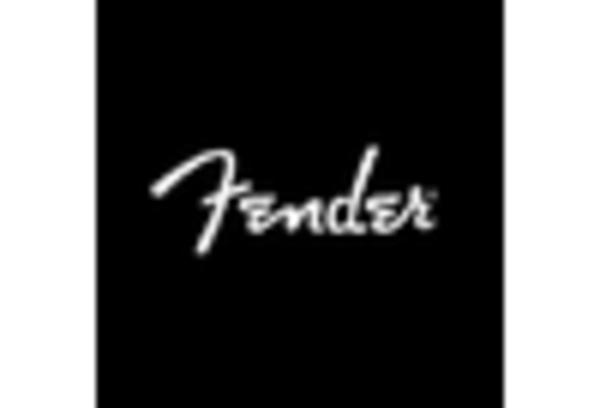


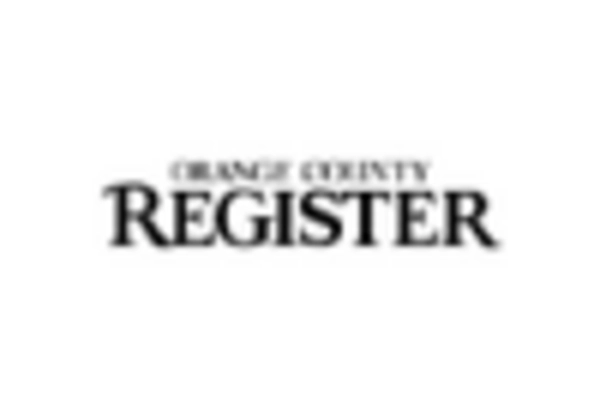
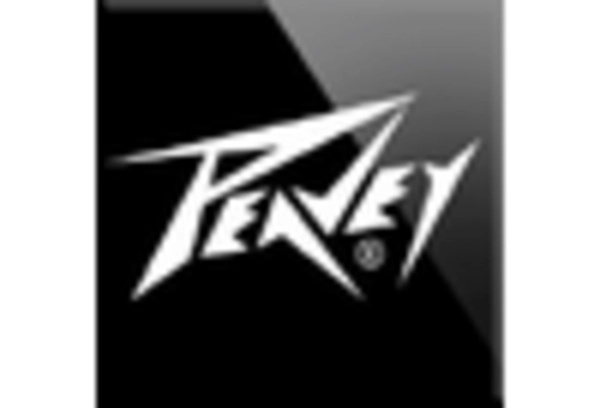
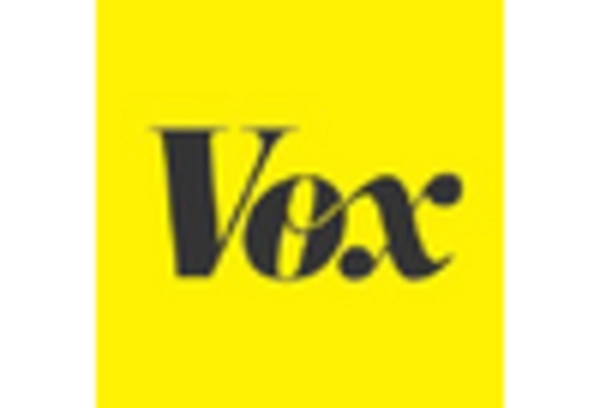








Leave a Comment